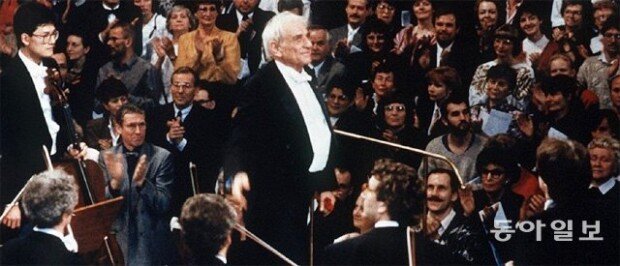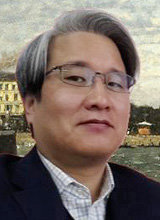Beethoven’s definition of ‘ideal humanity’
Beethoven’s definition of ‘ideal humanity’
Posted November. 17, 2020 07:44,
Updated November. 17, 2020 07:44


Ludwig van Beethoven’s Symphony No. 9 is played everywhere towards the end of the year, and this year is no exception. It will be played at an array of concerts including the one at Lotte Concert Hall on Thursday which will be conducted by Ham Shin-ik. Find out more about the song in the following fictional interview below with Beethoven, the writer of the symphony.
- Good afternoon. Congratulations in advance on your 250th birthday on December 17. There is a famous phrase from “Ode to Joy” which goes, “Thy magic power re-unites all that custom has divided, all men become brothers under the sway of thy gentle wings.” What was the situation like when you wrote this song?
“Europe was searching for ways to heal after being finally released from Napoleon’s wars. We saw advocators of freedom, equality and peace attack others. Hatred could not lead to happiness.”
- “Non-discrimination and harmony.” They are what this symphony is really about, aren’t they?
“Scholars and artists of the time were strongly influenced by the Enlightenment. They believed that humans could be saved from ignorance with reason and that humans can achieve development, which led to the question of the human ideal. Friedrich Schiller who wrote “Ode to Joy” described the human ideal as someone whose duty and taste are the same.
- Whose duty and taste are the same?
“It means an ideal human finds joy in doing the right thing like righteous characters in Schiller’s dramas or main characters from my opera “Fidelio” or “Egmont,” a set of musical pieces for a play by Goethe.”
- It sounds quite far from the message of “Ode to Joy.”
“There were mainly two approaches to studying an “ideal human” at the time. One was a study of an ideal individual, while the other was a study of ideal humanity. Artists expanded their interest in individuals to humanity and society. The main character in “Faust” by Goethe sells his soul in exchange for youth, but he feels a great sense of joy when he sees people are happy thanks to large-scale land reclamation.
- I think your complete individual is best described in “Fidelio.”
“Before I wrote ‘Joy to Ode,’ I wrote ‘Choral Fantasy’ when I was 38 years old. It is quite different from ‘Joy to Ode’ in that it depicts a ‘complete individual.’ And then I wrote ‘Symphony No. 9’ later on to capture my version of complete humanity.
- How does “Choral Fantasy” describe the ideal individual?
“One of the aspects of the ideal individual is to look calm on the outside but feel passion on the inside.”
- It is similar to the ideal humanity illustrated in “Ode to Joy” because it places emphasis on “delight” and “joy.” This year, humanity seems to be no where near harmony even in the face of a great crisis called COVID-19. What advice would you give to them?
“Individuals have more freedom and more rights, and they can make their voices heard. Enjoy all of it. You might take a step back or cannot see what is ahead of you, but humanity is moving forward. That is for sure.”
gustav@donga.com







